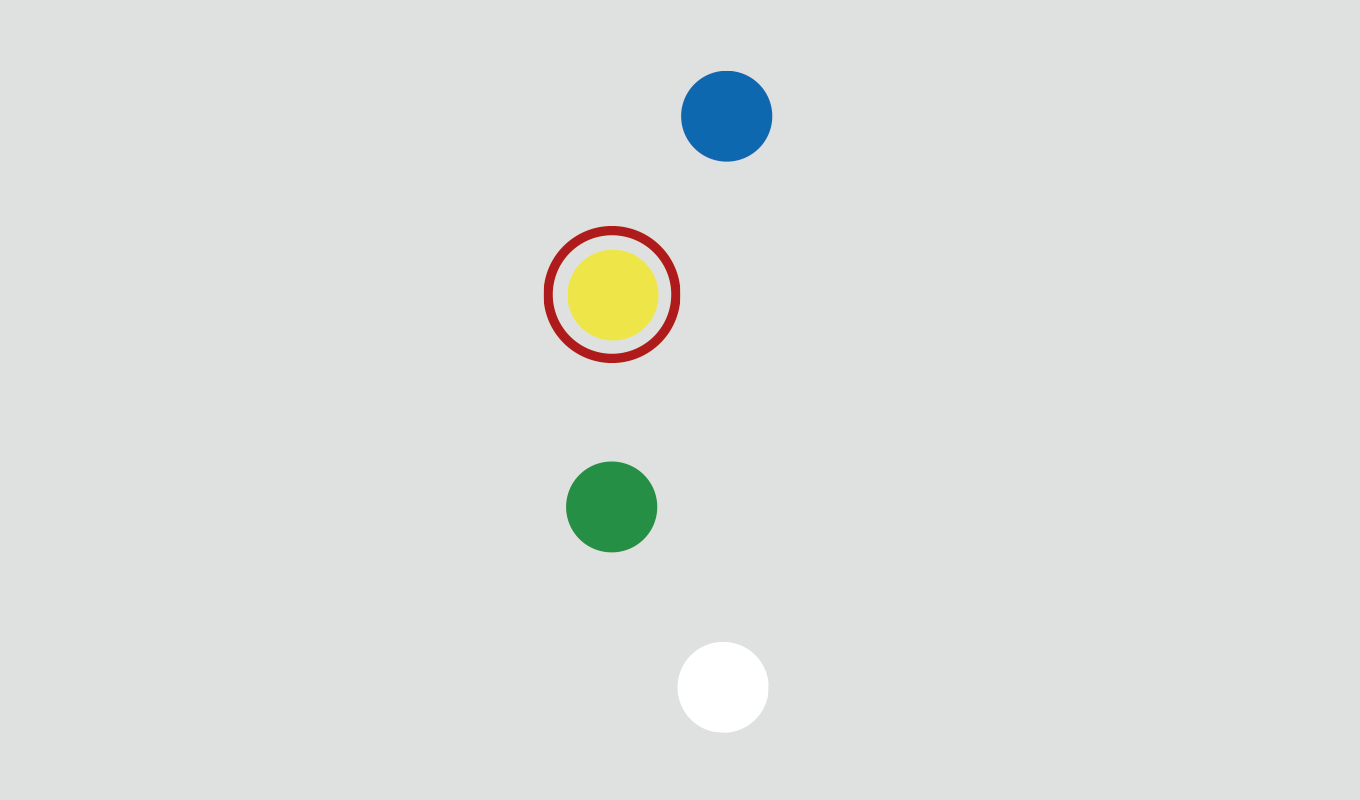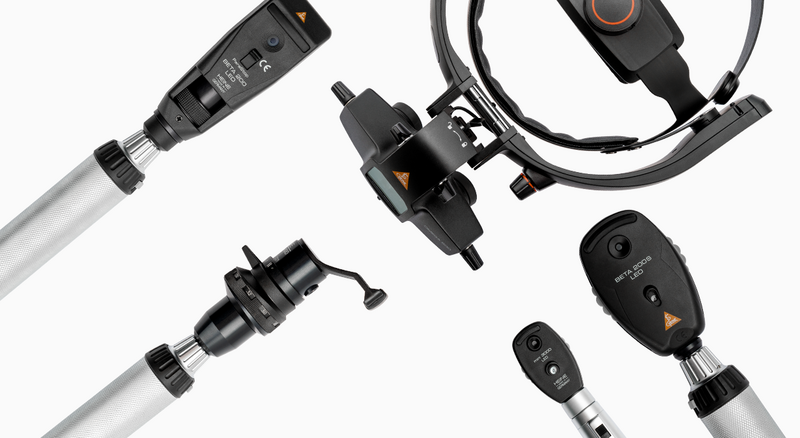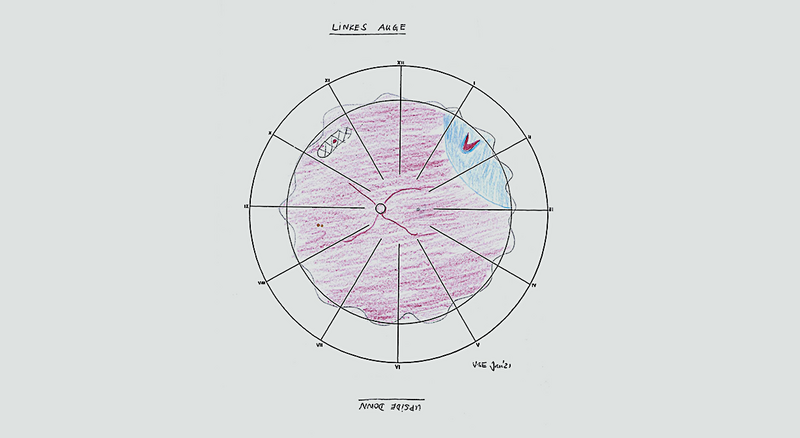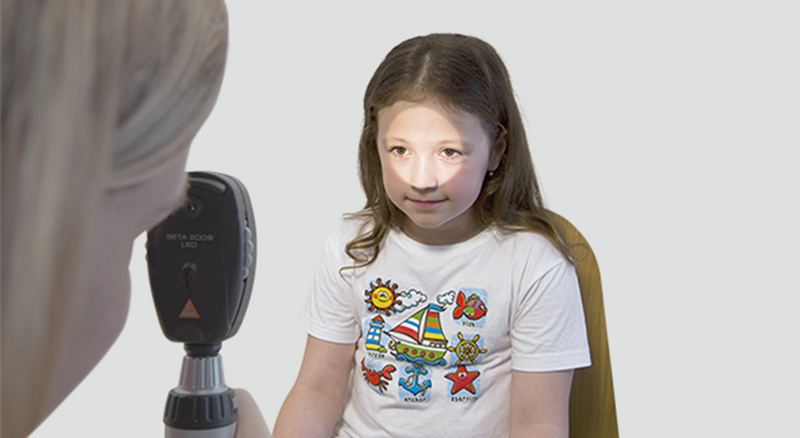Examining small children with the indirect ophthalmoscope
Tips and tricks
By Dr Vera Schmit-Eilenberger, ophthalmology specialist
Performing an ophthalmological examination on small children is always challenging. Small children are often scared during examination situations – and understandably so. The little ones sit on the laps of their equally anxious and nervous parents and so it’s rare that they are able to fully cooperate. The well-meaning, but sometimes somewhat helpless, ophthalmologist sits opposite. If examination with a slit lamp is out of the question, the indirect ophthalmoscope can be a helpful tool.
Here are a few tips for the examination:
- I’m a firm believer in gamification – doing everything possible to make the situation as fun as possible and to make everyone laugh, if possible.
- I put on the ophthalmoscope and immediately flip up the visor (using the flip-up function) so I can first make eye contact with the parent and the child. Then, I apologise for the silly hat I’ve got on, which unfortunately ruins my hairdo (the parents are laughing by this point). Only now do I flip down the visor.
- Another strategy that has helped in the past is to host a kiddies’ disco. I use the head-worn ophthalmoscope to display the filter colours on a wall: white, yellow, green and blue. The kids get to pick a colour for the exam, if they’re old enough, and I do try to influence the colour they choose – depending on what I need for my exam.
The yellow filter isn’t just for small children
I examine all children with the yellow filter. I do this for two reasons: to keep the light exposure as low as possible to ensure my young patients are comfortable, and to protect the macula. But the yellow filter can be put to good use with adults who are sensitive to light too.

More Information

Binocular Indirect Ophthalmoscopes, Direct Ophthalmoscopes, Retinoscopes

With the indirect ophthalmoscope

Brückner Test with the direct ophthalmoscope